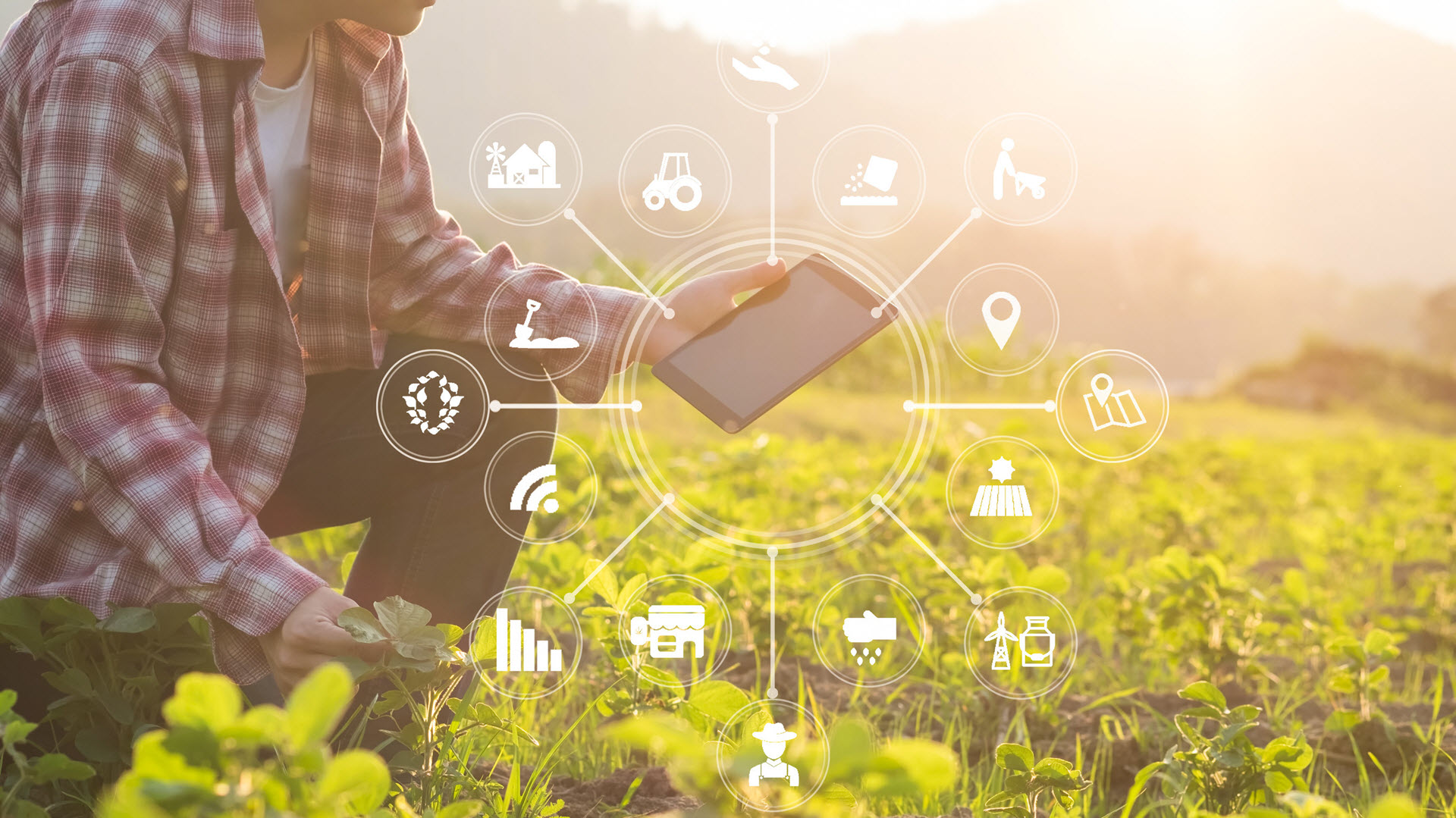Latest News
Deploying Technology for Food Security

Farming is a risky business. Farmers the world over have always wrangled with weather –drought, flooding or something in between. In recent years, however, any sense of conventional weather...
Farming is a risky business. Farmers the world over have always wrangled with weather –drought, flooding or something in between. In recent years, however, any sense of conventional weather wisdom has been blown away by the impact of climate change. The rain comes too early, too heavy or not at all. Temperatures hit highs and lows previously unrecalled.
Beyond the devastating consequences for individual farmers, lower harvests mean less food - particularly for those most vulnerable. It shocking that after years of decline the numbers of those hungry are rising. The UN estimates that nearly 690 million people are hungry, or 8.9 percent of the world population – up by 10 million people in one year and by nearly 60 million in five years.
Stabilizing food security is a global priority. The second of the UN's 17 Sustainable Development Goals is to "End hunger, achieve food security and improved nutrition and promote sustainable agriculture." Yet the UN states that achieving this goal by the target date of 2030 “will require a profound change of the global food and agriculture system.” While this change will be complex and difficulty, technology has a key role to play. That’s why, together with partners and projects across the world IBM is using technology to open up sustainable food production to farmers, helping them to generate a stable supply of food and a viable business.
There are three main technologies at play. AI can help deliver data analytics and predictive insights to help farmers make better-informed decisions. IoT can assist in harnessing the vast pool of data from from farm equipment, environmental sensors and remote input. Whilst Blockchain, such as that of IBM Food Trust, is able to increase transparency of the food supply chain - helping to validate sustainable farming and give it a competitive edge. Combining all three can potentially give the most successful results.
While such tech innovation in farming is often perceived as the preserve of large-scale farming businesses, the reality is different. Featured in a Consumer Goods Forum series filmed by BBC Storyworks was Anne Mwangi, a maize and banana farmer in Kirinyaga County, Kenya. Anne uses a hyperlocal weather forecasting app called FarmWeather developed by IBM together with Yara, the Norwegian-based world leader in fertilizers and provider of environmental solutions. Anne experiences first-hand the newly unpredictable weather patterns “Before it was all guesswork” says Anne “but with the FarmWeather App I know exactly when the rain will fall. It tells me specifically when to add fertilizer and also helps me to plan my daily and weekly farming activities”.
With eight out of ten of the world’s farms operating on less than two hectares of land and around 80% of the food produced in Asia and Sub-Saharan Africa coming from small farms, it’s amongst 500 million small scale farmers are “where digital connectivity is opening in the world” says my colleague Peter Rylander who has been involved in the partnership with Yara. The functionality of the FarmWeather App can be expanded to respond to other needs of farmers – sharing best practices, learning about and sharing equipment and much more. Anne is also optimistic about technology “right now I can raise my children comfortably” she says. “The future is bright”.
Another key factor in global food security is a stable supply of fish. According to the FAO’s most recent “State of World Fisheries and Aquaculture” report, fish consumption accounted for 17 percent of the global population’s intake of animal proteins, and 7 percent of all proteins consumed. One billion people depend on oceans for their main source of protein but as discussed in a recent World Ocean Day panel, our fish stocks are suffering. 90% of big fish populations are depleted.
Technology is intervening in the ocean too. A second project featured in the Consumer Goods Forum series is the use of Blockchain by Norwegian fish farms to give full transparency about their supply chains. Offering such transparency to customers raises the bar for sustainable practices across the fish farming industry. A global survey by IBM’s Institute of Business Value shows that nearly eight-in-ten respondents indicate sustainability is an important issue for them. And for those who say it is very or extremely important, over 70 per cent would pay a premium of 35 per cent, on average, for brands that are sustainable and environmentally responsible. Furthermore, a fish traceability study by IBM and Morning Consult found that around fifty per cent of respondents In Italy and Spain said they would be much more likely to buy fish that provided “proven and trusted information on its source, its safety, and its production”.
Finding sustainable agricultural solutions to food security requires new approaches. Together with our clients, business partners and farmers across the world, we are seizing opportunities to be bold, pushing the boundaries of what technology can deliver.

Sachin Gupta
Global Agribusiness Industry Leader IBM